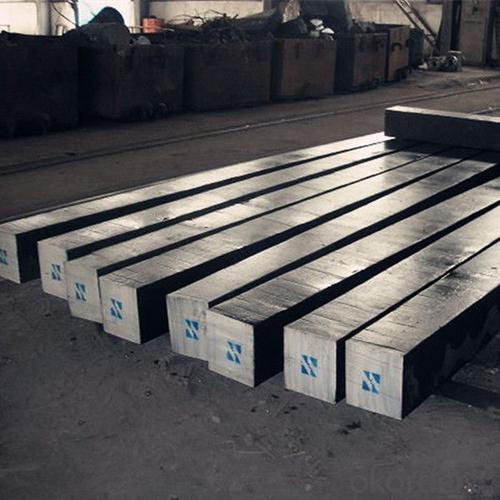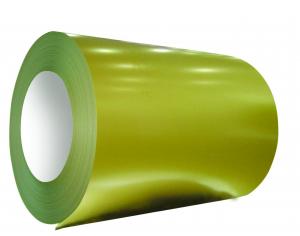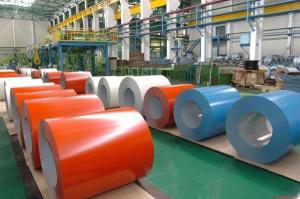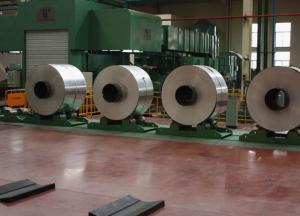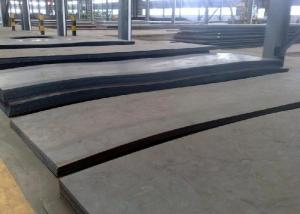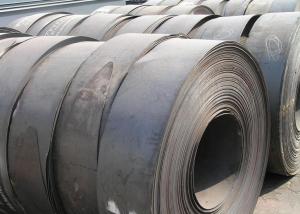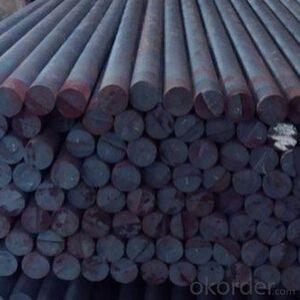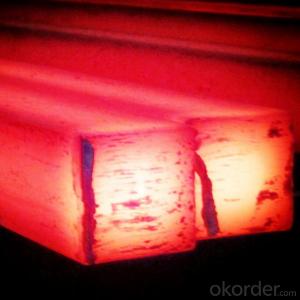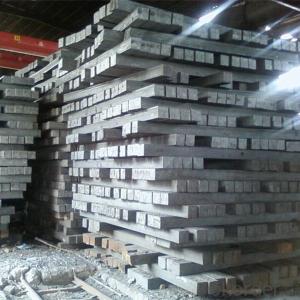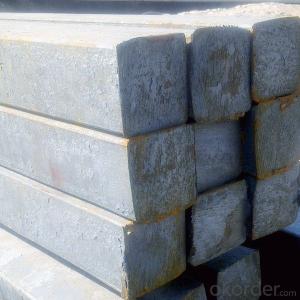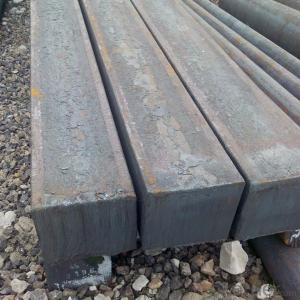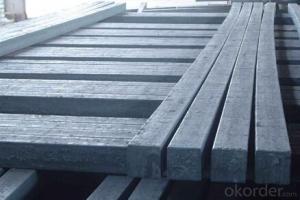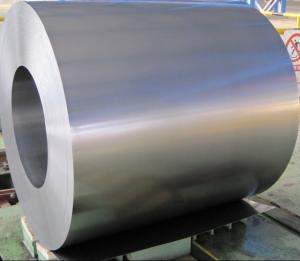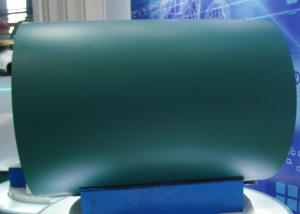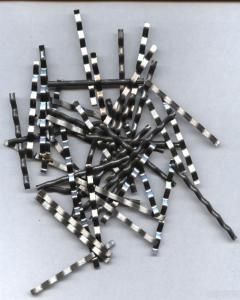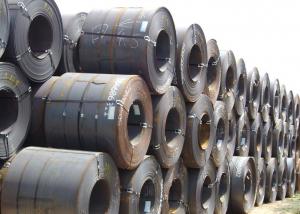Prime Steel Billets From China Tangshan Manufacutrer (3SP 5SP GR60)
- Loading Port:
- China main port
- Payment Terms:
- TT OR LC
- Min Order Qty:
- 25 m.t.
- Supply Capability:
- 50000 m.t./month
OKorder Service Pledge
OKorder Financial Service
You Might Also Like
Specification
Product Description
Prime Steel billets / Prime square bars
standard: GB JIS ASTM EN
Grade: Q195 Q235 Q275 3SP 5SP
Size: 60*60mm 80*80mm 100*100mm 120*120mm 130*130mm 150*150mm
Length: 6m-12m
Process: blast furnace continuous casting
electronic induction furnace coutinuous casting
Secondary rolling
Chemical composition
| C% | Mn% | Si% | P% | S% | Cr% | |
| Q195 | 0.06-0.12 | 0.25-0.5 | 0.3 | 0.05max | 0.045max | 0.4%max |
| Q235 | 0.14-0.22 | 0.3-0.65 | 0.3 | 0.05max | 0.045max | 0.4%max |
| Q275 | 0.28-0.38 | 0.5-0.8 | 0.35 | 0.05max | 0.045max | 0.4%max |
| 3SP | 0.14-0.22 | 0.4-0.85 | 0.3 | 0.05max | 0.045max | 0.4%max |
| 5SP | 0.28-0.37 | 0.5-1.0 | 0.35 | 0.05max | 0.045max | 0.4%max |
Payment: LC% AT SIGHT
Shipment date: 20-40days after received LC(according to your quantity)
PRODUCT PICTURE:

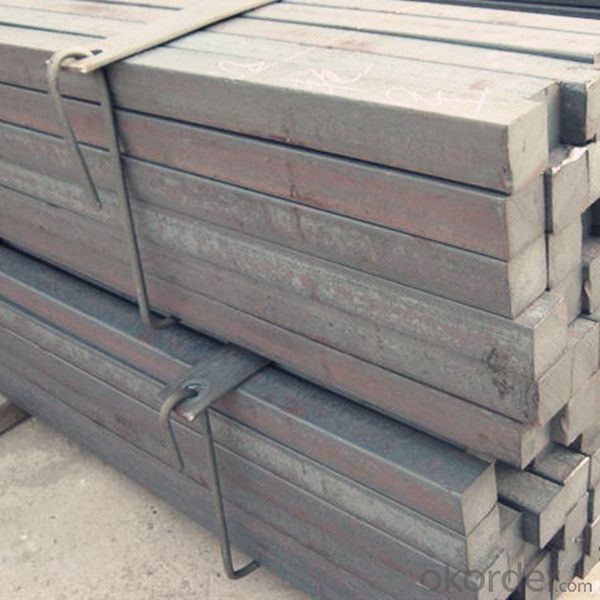
FAQ:
1. Q: Where is your company located? How can I visit there?
A: Our company is located in Beijing, China. Welcome to visit us.
2. Q: Can I get sample and how long will it take?
A:Yes. We can supply sample. And you need to pay for courier.
3. Q: What's the MOQ?
A: Our MOQ is 25mt.
4. Q: What's the delivery time?
A: It will take about 30 days after TT or L/C.
5. Q: What is the payment terms?
A: T/T, L/C at sight
6. Q: How does your factory carry out quality control?
A: We attach great importance to quality control.Every part of our products has its own QC.
7. Q: What certificate do you have?
A: We have SGS, ISO9001 etc. Also we can apply any certificate if you need if the qty is OK.
- Q: What are the different types of steel wire products?
- The different types of steel wire products include galvanized wire, stainless steel wire, spring wire, barbed wire, wire ropes, and wire mesh.
- Q: What are the different types of steel rails and their applications in the railway industry?
- There are primarily three types of steel rails used in the railway industry: plain carbon steel rails, head-hardened rails, and composite rails. Plain carbon steel rails are the most common type and are widely used for general railway tracks. They offer good strength, durability, and affordability, making them suitable for most applications. Head-hardened rails are heat-treated to increase their hardness and wear resistance. These rails are commonly used in high-speed and heavy-haul tracks where the forces and wear are more significant. Head-hardened rails reduce the maintenance requirements and offer a longer lifespan compared to plain carbon steel rails. Composite rails are a combination of different materials, typically steel and other alloys. These rails are used in specific situations where additional properties are required, such as increased strength, reduced noise, or improved resistance to extreme temperatures. Overall, the choice of steel rail depends on factors like the expected traffic load, speed, and environmental conditions. The railway industry carefully selects the appropriate type of steel rail to ensure safe and efficient operations.
- Q: What are the advantages of using steel in bridge construction?
- There are several advantages of using steel in bridge construction. Firstly, steel is a highly durable and strong material, ensuring the longevity and structural integrity of the bridge. Secondly, steel has a high strength-to-weight ratio, making it a lightweight option that can support heavy loads. Additionally, steel is flexible and can withstand extreme weather conditions, such as high winds or earthquakes, making it suitable for various environments. Moreover, steel bridges can be prefabricated off-site, reducing construction time and costs. Lastly, steel is a sustainable material as it can be recycled, minimizing its environmental impact.
- Q: What are the advantages of using steel products over other materials?
- There are several advantages of using steel products over other materials. Firstly, steel is incredibly strong and durable, making it suitable for a wide range of applications. It has a high tensile strength, meaning it can withstand heavy loads and resist deformation. Additionally, steel is highly resistant to corrosion, making it ideal for outdoor or maritime use. Moreover, steel is recyclable, making it a sustainable choice. It can be easily melted down and reused without losing its properties. Lastly, steel offers versatility in terms of design and can be easily customized to meet specific requirements. Overall, the advantages of using steel products include strength, durability, corrosion resistance, sustainability, and design flexibility.
- Q: How are steel bars used in reinforcing concrete structures?
- Steel bars, also known as rebars, are used in reinforcing concrete structures to enhance their strength and durability. These bars are typically placed in a grid-like pattern within the concrete to provide additional tensile strength, as concrete is strong in compression but weak in tension. The steel bars act as a reinforcement, absorbing the tensile forces that concrete cannot handle effectively. This combination of steel and concrete creates a composite material that can withstand a greater amount of load, making the structure more resistant to cracking and structural failure.
- Q: What are the environmental impacts of steel production and the use of steel products?
- Steel production and the use of steel products have significant environmental impacts. The production process itself is energy-intensive and releases a substantial amount of carbon dioxide, contributing to climate change. It also generates air and water pollution through the emission of various pollutants and the production of hazardous waste. Additionally, the extraction of raw materials, such as iron ore and coal, contributes to deforestation, habitat destruction, and the loss of biodiversity. However, steel is a durable and recyclable material, so the environmental impacts can be mitigated through efficient recycling practices and the use of renewable energy sources in production.
- Q: What is the process of galvanizing steel?
- The process of galvanizing steel involves coating it with a layer of zinc to protect it from corrosion. This is done by first cleaning the steel surface to remove any impurities. Then, the steel is dipped into a bath of molten zinc or electroplated with zinc. The zinc bonds with the surface of the steel, creating a protective layer that prevents rust and extends the lifespan of the steel.
- Q: What are the different types of steel chains and their uses in lifting equipment?
- There are several types of steel chains used in lifting equipment, each with its own specific uses. Some common types include: 1. Grade 80 Chains: These chains are made from alloy steel and are known for their high strength and durability. They are commonly used in heavy-duty lifting applications such as construction and mining. 2. Grade 100 Chains: Similar to Grade 80 chains, Grade 100 chains offer even higher strength and are suitable for more demanding lifting tasks. They are often used in applications that require extra safety measures, such as overhead lifting. 3. Stainless Steel Chains: These chains are made from corrosion-resistant stainless steel, making them ideal for lifting equipment used in environments with high humidity or exposure to chemicals. They are commonly used in marine, food processing, and pharmaceutical industries. 4. Proof Coil Chains: These chains are made from low-carbon steel and are designed for general-purpose lifting applications. They are widely used in industries such as agriculture, warehousing, and manufacturing. 5. Transport Chains: Also made from low-carbon steel, transport chains are specifically designed for securing and transporting heavy loads. They are commonly used in the transportation industry for securing cargo on trucks, trailers, and flatbeds. Overall, the choice of steel chain depends on the specific lifting application, load capacity requirements, and environmental conditions, ensuring the safety and efficiency of the lifting equipment.
- Q: How is steel used in the construction of underground utilities?
- Steel is commonly used in the construction of underground utilities due to its strength and durability. It is used to create pipes, conduits, and casings that carry water, gas, and electrical cables underground. The steel pipes are resistant to corrosion and can withstand the pressure and weight of the soil above, making them a reliable choice for underground infrastructure. Additionally, steel is often used for reinforcement in concrete structures such as manholes and vaults, providing extra strength and stability.
- Q: How is steel tubing used in the manufacturing of heat exchangers?
- Steel tubing is commonly used in the manufacturing of heat exchangers due to its excellent thermal conductivity and durability. The steel tubes are shaped and arranged in a way that allows for efficient transfer of heat between two fluids, such as air and water. The high strength of steel tubing ensures that it can withstand the pressure and temperature differences within the heat exchanger, making it a reliable choice for this application.
Send your message to us
Prime Steel Billets From China Tangshan Manufacutrer (3SP 5SP GR60)
- Loading Port:
- China main port
- Payment Terms:
- TT OR LC
- Min Order Qty:
- 25 m.t.
- Supply Capability:
- 50000 m.t./month
OKorder Service Pledge
OKorder Financial Service
Similar products
Hot products
Hot Searches
Related keywords


